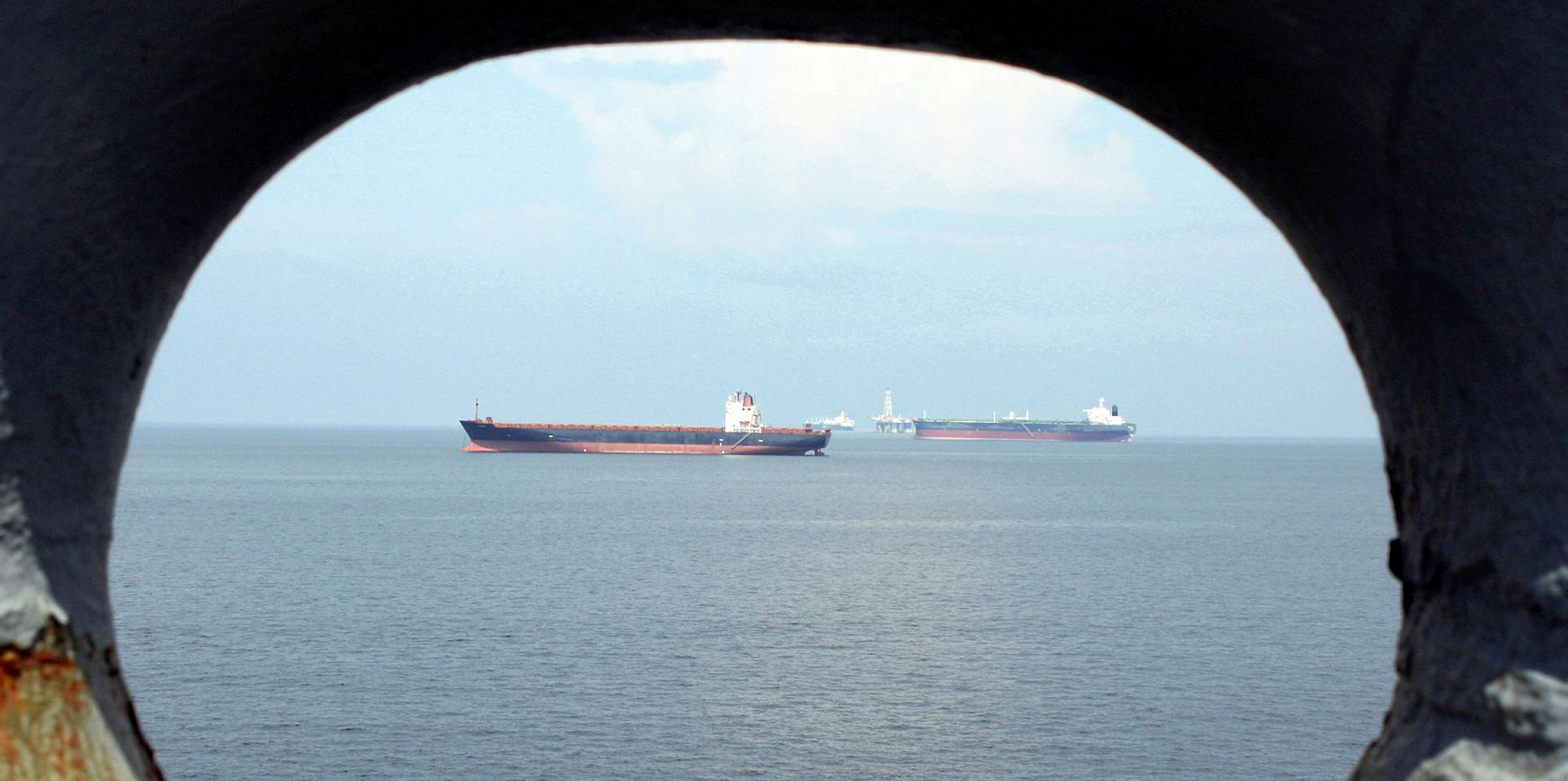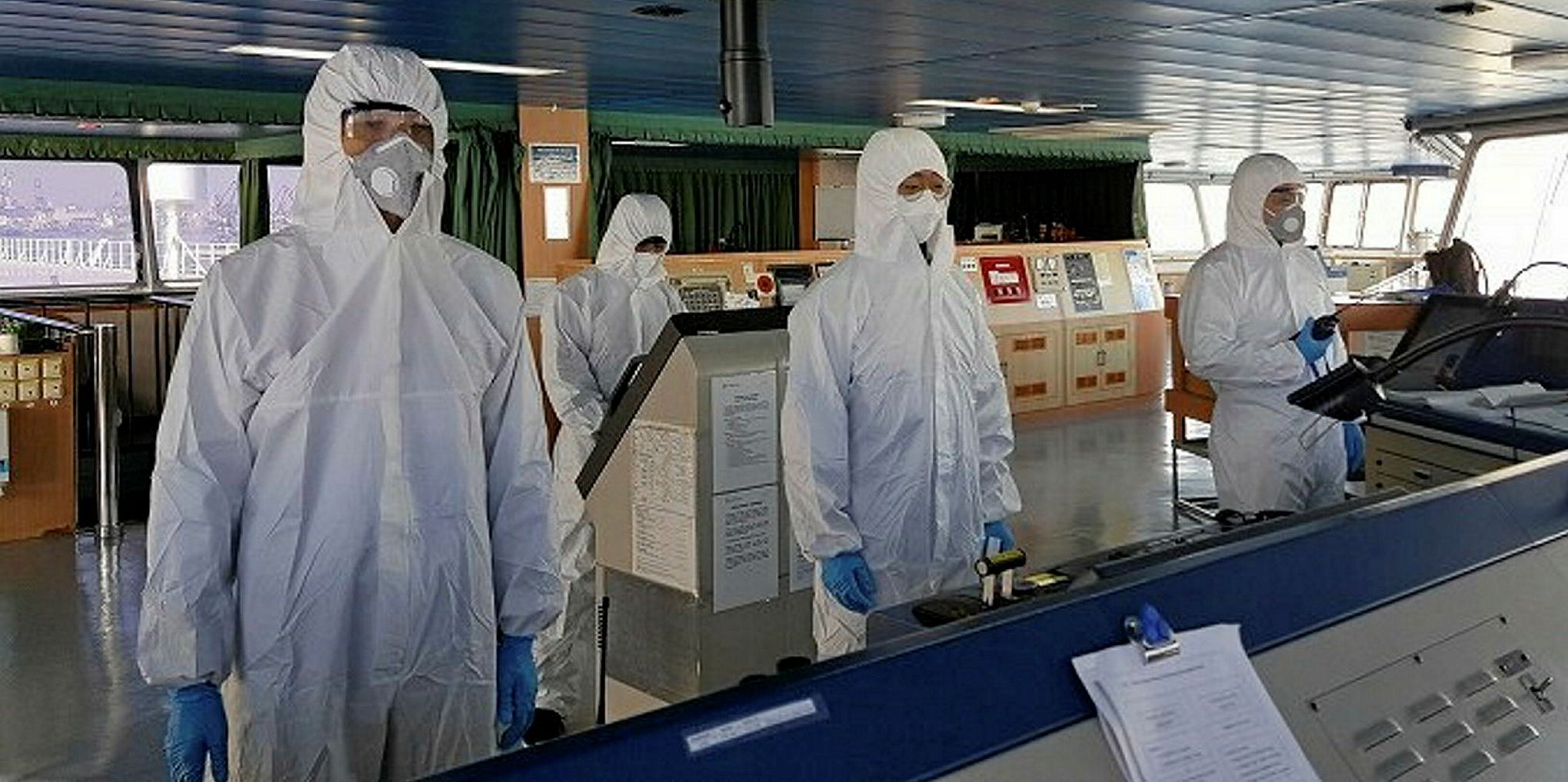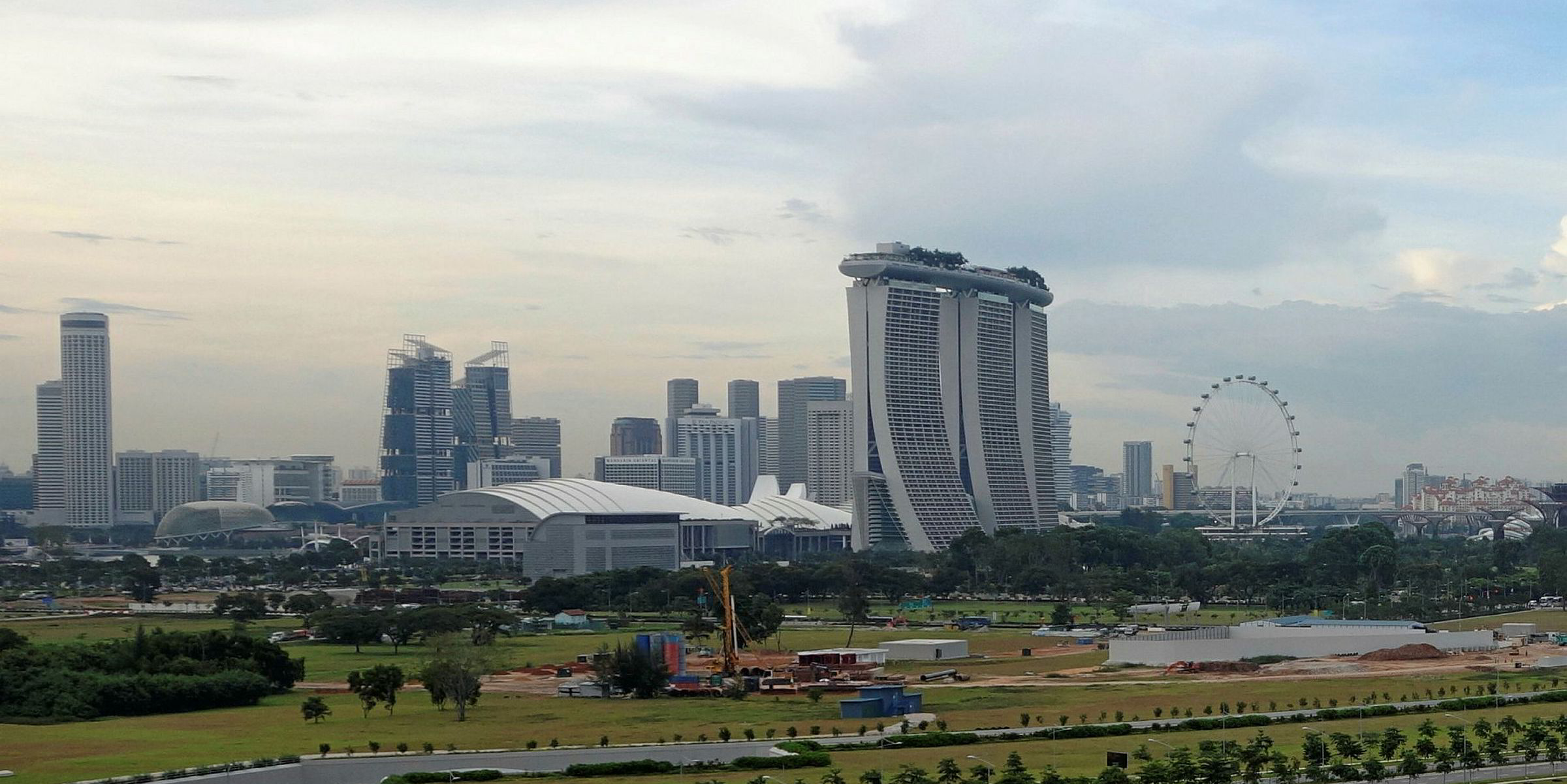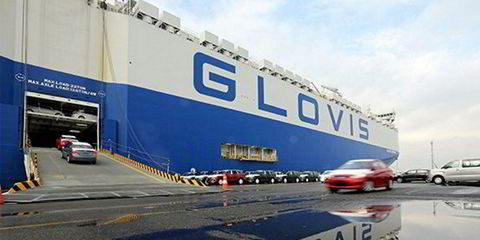Shipowners that are thinking of waiting out the Covid-19 pandemic by laying up their vessels need to act quickly or risk losing out on berths, according to Wilhelmsen Ship Management president and chief executive Carl Schou.
Schou told TradeWinds that many owners have already stacked their vessels, following a decline in global consumption caused by the pandemic and the crash in oil prices seen in March.
Fresh locations
Demand for berths has been so high that the Singapore-based outfit is currently evaluating new lay-up locations in Asia and Europe to meet the needs of its clients.
“Prior to the pandemic, we only had a few vessels entering into layup as most segments were fairing quite well,” Schou said.
In fact, in 2019 — when shipping markets were firmer — Wilhelmsen had as few as 14 laid-up vessels under its management, including offshore installations.
“Over the past few weeks, we have sent out offers for 50 vessels,” he said. “We expect many of these will be confirmed in the next few weeks and expect more requests to come in. We are receiving requests from most segments, but the segments that are exposed to China’s trade represent the most [demand].”
Changing demand
Wilhelmsen started lay-up management in 2009 and has since laid up more than 200 ships.
Schou said the highest number of laid-up vessels under its management was 73 units during 2017, when the company's main location in Malaysia was at almost full capacity.
“Many of these lay-up locations are on a first-come, first-served basis," he said. "We strongly advise owners to start the process early.
“Choosing an ideal location to lay up your vessel will save you a lot of hassle and pain in later stages; the availability of slots in ideal locations are being snapped up fast."
Until now, the average age of vessels under Wilhelmsen's lay-up management has been 25.
But enquiries are being received for much younger ships with "higher complexity", although the company would not disclose specific vessel types.
Travel restrictions
Schou also believes it would be more practical to keep crew aboard idled vessels for now, until travel restrictions are eased.
“Due to the current situation, where most countries are experiencing some form of movement restriction order and crew-change restrictions, hot lay up is a practical approach for now, while waiting for a permanent location for cold lay up,” he said.
Schou explained that travel restrictions have meant the company has faced challenges in mobilising its employees to evaluate new lay-up locations to meet client demand.
To overcome this, he said the outfit has turned to the Wilhelmsen group’s local port agency network, Wilhelmsen Ship Service, which has evaluated several locations on its behalf within a short time frame.
“As the situation remains fluid, it is a challenge to plan when circumstances change every few days,” he said.
New locations
In Asia, Wilhelmsen has a lay-up facility in Labuan, Malaysia, and in Europe vessels are typically idled in southern Norway. Schou said further locations could follow soon.
“Currently, we are evaluating several new lay-up locations in the Asia and Europe regions, based on our clients’ requirements,” he said.
However, Schou added that the biggest challenge was finding locations with sheltered waters, ground hold for anchorages and good shoreside infrastructure.
Manpower is a big challenge too — especially in the current climate — and Schou said Wilhelmsen will need to find locations that allow crew changes.
Advice to owners
Many of the lay-up enquiries received by Wilhelmsen have come from shipowners with little previous experience of idling vessels.
“We see that many owners believe that reactivation costs after cold lay up are hefty," Schou said. "However, this is not the case if the vessel is maintained well during lay up."
His advice to shipowners is to ensure that their lay-up service provider is certified to the standards set by class societies and the International Organization for Standardization.
“Using a class-certified lay-up service provider can help to reduce the insurance premium whilst [a] vessel is in lay up,” Schou said.
“Besides that, having a good process and routine in maintenance whilst the vessel is in lay up can reduce substantial cost during reactivation.”










